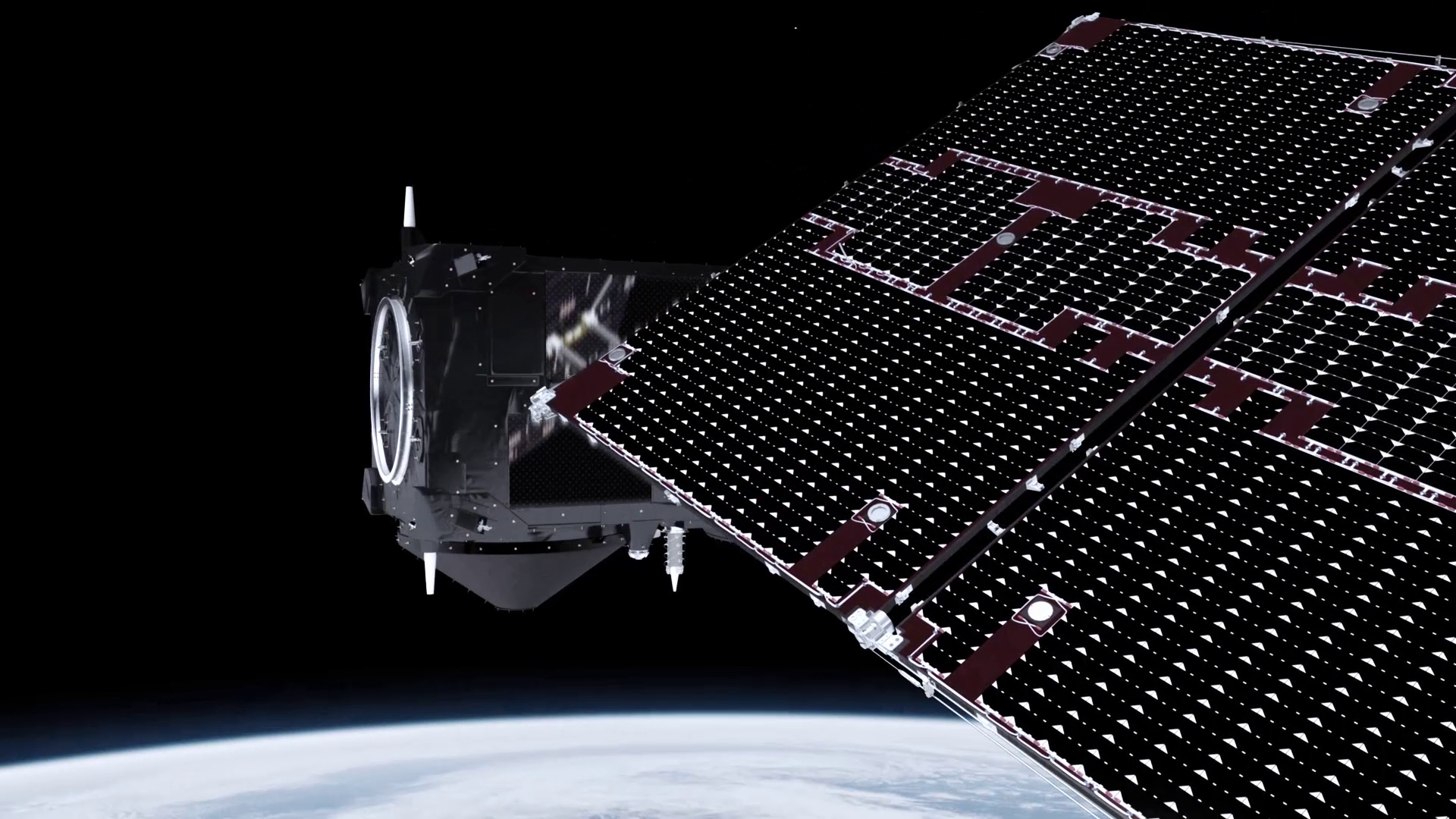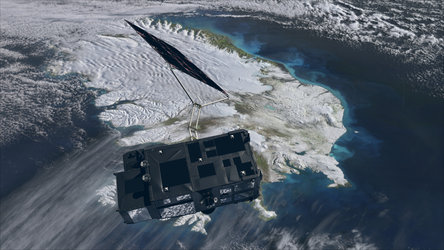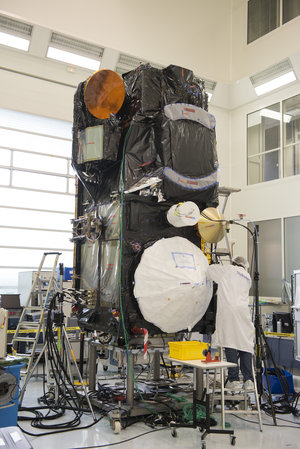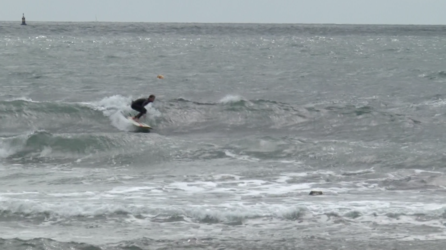Sentinel3
The Sentinel-3 mission's main objective is to measure sea-surface topography, sea- and land-surface temperature and ocean- and land-surface colour with high-end accuracy and reliability in support of ocean forecasting systems, and for environmental and climate monitoring.
Sentinel-3 builds directly on a proven heritage pioneered by ERS-2 and Envisat. Its innovative instrument package includes:
A Sea and Land Surface Temperature Radiometer (SLSTR), which is based on Envisat's Advanced Along Track Scanning Radiometer (AATSR), to determine global sea-surface temperatures to an accuracy of better than 0.3 K.
The SLSTR improves the along-track-scanning dual-view technique of AATSR and provides advanced atmospheric correction. SLSTR measures in nine spectral channels and two additional bands optimised for fire monitoring. The SLSTR has a spatial resolution in the visible and shortwave infrared channels of 500 m and 1 km in the thermal infrared channels.
An Ocean and Land Colour Instrument (OLCI) is based on heritage from Envisat's Medium Resolution Imaging Spectrometer (MERIS). With 21 bands, compared to the 15 on MERIS, a design optimised to minimise sun-glint and, a resolution of 300 m over all surfaces, OLCI marks a new generation of measurements over the ocean and land. The swath of OCLI and nadir SLSTR fully overlap.
A dual-frequency (Ku and C band) advanced Synthetic Aperture Radar Altimeter (SRAL) is based CryoSat heritage and provides measurements at a resolution of ~300m in SAR mode along track. SRAL is supported by a microwave radiometer for atmospheric correction and a DORIS receiver for orbit positioning.
The combined topography package will provide exact measurements of sea -surface height, which are essential for ocean forecasting systems and climate monitoring. SRAL will also provide accurate topography measurements over sea ice, ice sheets, rivers and lakes.
The pair of Sentinel-3 satellites will enable a short revisit time of less than two days for OLCI and less than one day for SLSTR at the equator. The satellite orbit provides a 27-day repeat for the topography package, with a 4-day sub-cycle.

Near-realtime data will be provided for ocean forecasting, sea-ice charting, and maritime safety services needing accurate and timely measurements of the state of the ocean surface, including surface temperature, ocean ecosystems, water quality and pollution monitoring. Land services to monitor land-use change, forest cover, photosynthetic activity, soil quality and fire detection will also benefit significantly from Sentinel-3.









